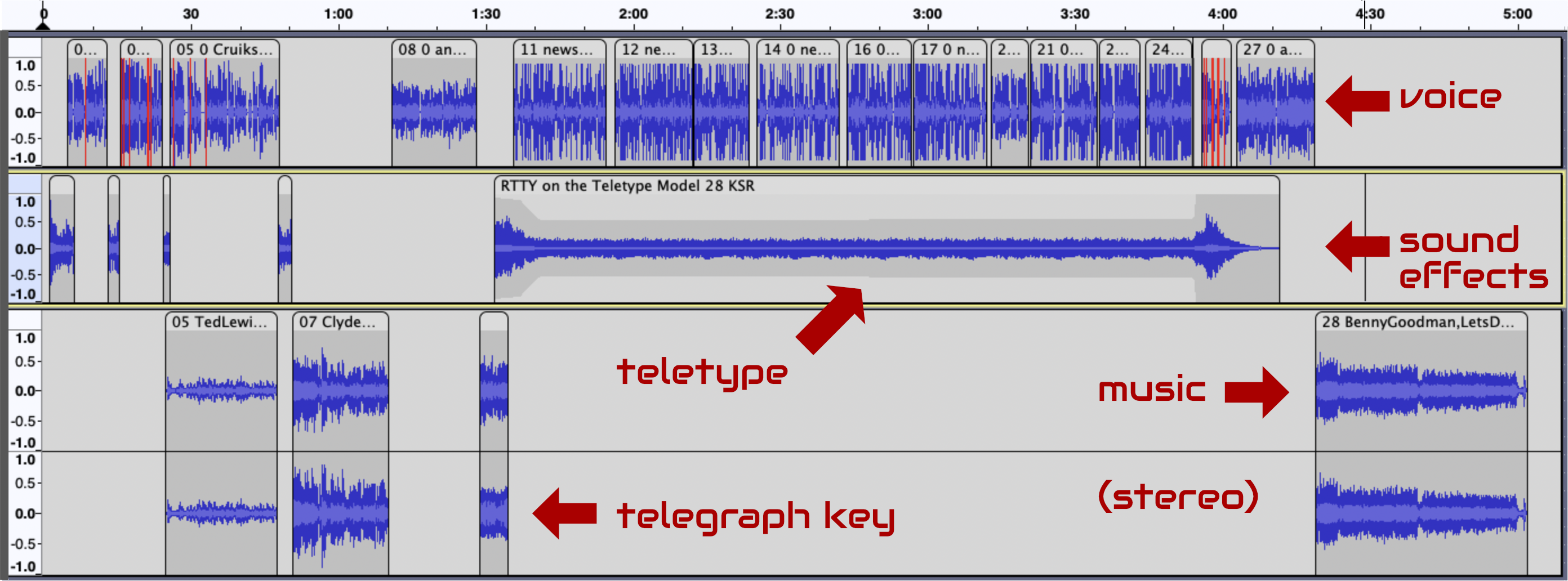I was driving through West Texas when a story idea struck me.
I'm speaking about West Texas, the geographically vague portion of my state that is, well, west. That landmass, by the way, does not include West, Texas, the Czech community located in the central part of the state. You'll likely pass through there if you're heading down to visit Michael Bracken in Waco. Should you be near that West, pause, pull over, and take a kolache break. They're pretty good.
It's hard to pin down the precise borders of West Texas, the region. Some people set the boundary at the Brazos River. Others argue that the line is linguistic. The border between East Texas and West Texas gets crossed when twang slides into drawl.
 |
| Basil the Bat Lord, Creative Commons |
A while back, a friend and I were driving to Lubbock. His Texas Tech football team was squaring off against my alma mater. He'd offered me a ticket.
Many miles of semi-arid country separate the communities in that region. When you come to a town, you notice.
Every community, everywhere, has character and characters, but I think the isolation of the towns in West Texas encourages a particular eccentricity. No town can model itself on the neighboring community because, likely as not, there isn't one. Each hamlet is a big fish.
Lubbock came to be an urban oasis in the middle of the high plains. It fostered a music scene producing most famously Buddy Holly but also a host of other musicians from both country and rock genres.
Sweetwater chose a different direction. It celebrates its rocky isolation through an annual rattlesnake roundup. Volunteers roam the local countryside, collecting Western Diamondback Rattlers and maintaining the local wildlife population. They bring the snakes back for milking, skinning, and eating. The high school girl chosen Miss Snake Charmer will likely have to pass by the occasional PETA protester.
A visitor to the region needs to check out Marfa. At the far end of West Texas, this town was named for a character in Dostoyevsky's The Brothers Karamazov. Hardscrabble farmers work alongside modernist art installations. The art crowd and the agriculture crowd don't always get along. The higher prices brought about by the hip community burden the working-class locals. A casual visitor might miss the tension, distracted by the weirdness. The town has a public radio station worth a listen, public art along a farm-to-market road, a mocked-up Prada store, and supernatural lights. Some folks say the lights betray the presence of space aliens.
There are the towns of Plainview and Levelland, so named because they're...well, you can probably figure it out.
Post, however, is the place that really got me thinking about a story. Given the rural setting, many assume the name derives from a fence post. The town is actually named for C.W. Post, the cereal manufacturer. He sought to build a utopian community from a ranch he purchased just below the Caprock Escarpment. C. W. Post planned the town from his office in Battle Creek, Michigan. The local chamber of commerce might better testify to whether the founder's vision as a capitalist haven for hardworking, honest, simple folk was achieved. He spent years trying to better the locals' lives. He theorized, for instance, that exploding dynamite in the clouds would generate reliable rainfall. The plan failed.
In West Texas, communities settle bragging rights on the athletic fields. This area is the home of Friday night lights.
Quirkiness, secrets, and conflicts hidden below a seemingly peaceful surface, the settlements of West Texas have all those things. But towns everywhere probably do. All a writer needs is a Miss Marple to ferret out the truth.
The current issue of Alfred Hitchcock Mystery Magazine includes my story, "The
Experimental Theater Company of Barb Wire, Texas." In it, I try to tell a whodunit while incorporating those hints of place I see when I point my car west.
Admittedly some elements, such as isolation and an independent protagonist, frequent many amateur sleuth mysteries. Fortunately, they are cowboy tropes and are easy to place in West Texas. The story that emerged from that germ of an idea, I hope, not only entertains but also gives a fair flavor of the land beyond the Brazos.
What started as a trip to a football game became a research junket. That's a win. "The Experimental Theater Company of Barb Wire, Texas" was a fun story to write. I hope you enjoy reading it.
I'll be on the road Tuesday when this posts. I apologize in advance if I'm slow to reply.
Until next time.









































